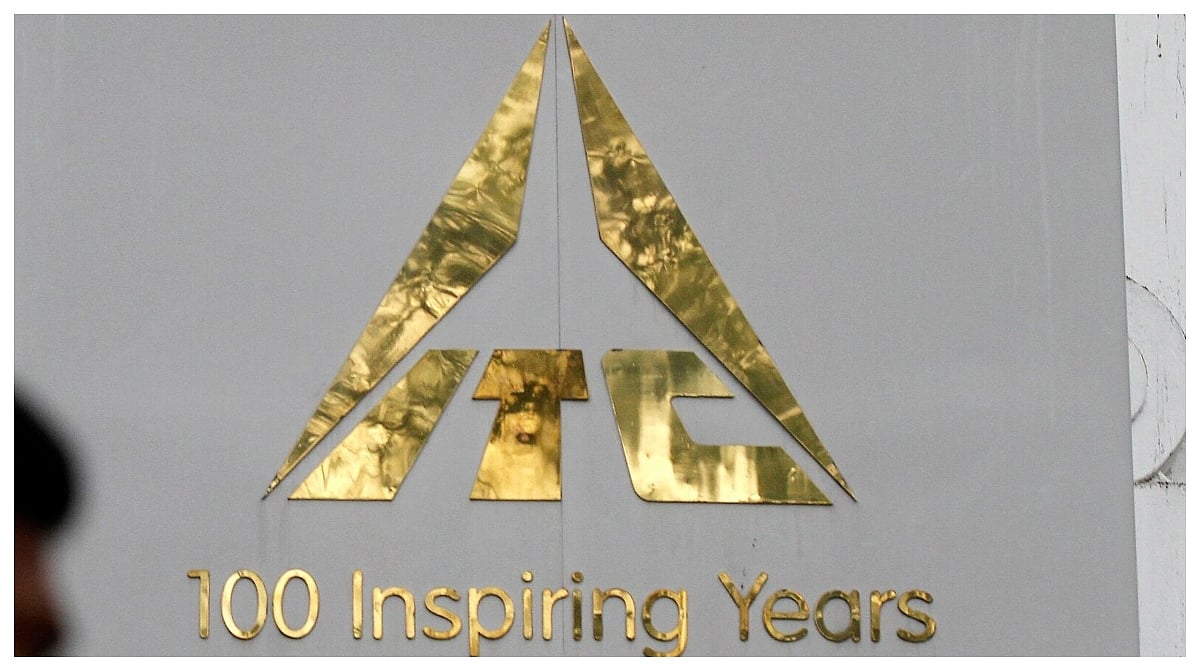The Indian investment sector has grown significantly over the past few years. In many ways, for a significant population, gone are the days when people solely relied on their savings and interest on them.
Housing Affordability In India
One of the main means of investment that many have explored with rising inflation is the avenue of real estate
Real estate company Magicbrick recently released a report named “Housing Affordability in Major Indian Cities". This report was designed to gauge the affordability of major cities in the country.

According to the report, household incomes across the top 10 cities increased at a compound annual growth rate or CAGR of 5.4 per cent, while property prices surged at a CAGR of 9.3 per cent (between 2020 2024). | Unsplash
Affordability Weakens
According to the report, household incomes across the top 10 cities increased at a compound annual growth rate or CAGR of 5.4 per cent, while property prices surged at a CAGR of 9.3 per cent (between 2020 2024).
This phenomenon of growing gaps in income and property price growth rates has weakened affordability.

Magicbricks
MMR and Gurugram: Extremely Unafforable
According to the report's affordability scale, a score of above 8 would put the city in the 'Extremely Unaffordable' Category. Then comes the score between 5 and 8. This score would put the city in the 'Unaffordable' category.
Further, according to the report, Kolkata is one of the affordable destinations in terms of real estate. The average score of the city of joy, when compared to the home city of investors, stood at 3.36 points.
Chennai comes in at second with the average score of around 5.
Contrast this to the 'City Of Dreams' and its adjacent territories, that is, the Mumbai Metropolitan Region or MMR, is alarmingly exorbitant. It is also interesting to note that, as per the Magicbricks report, Gurugram has a similar score to that of Mumbai.
Both cities have an average score that stands at a mammoth 14.33 points. This score is three times the size of Kolkata.
This report also explored the EMI-to-monthly income ratio. This ratio has risen from 46 per cent in 2020 to 61 per cent in 2024. Once again, Mumbai Metropolitian Region saw the biggest rise of 116 per cent.












